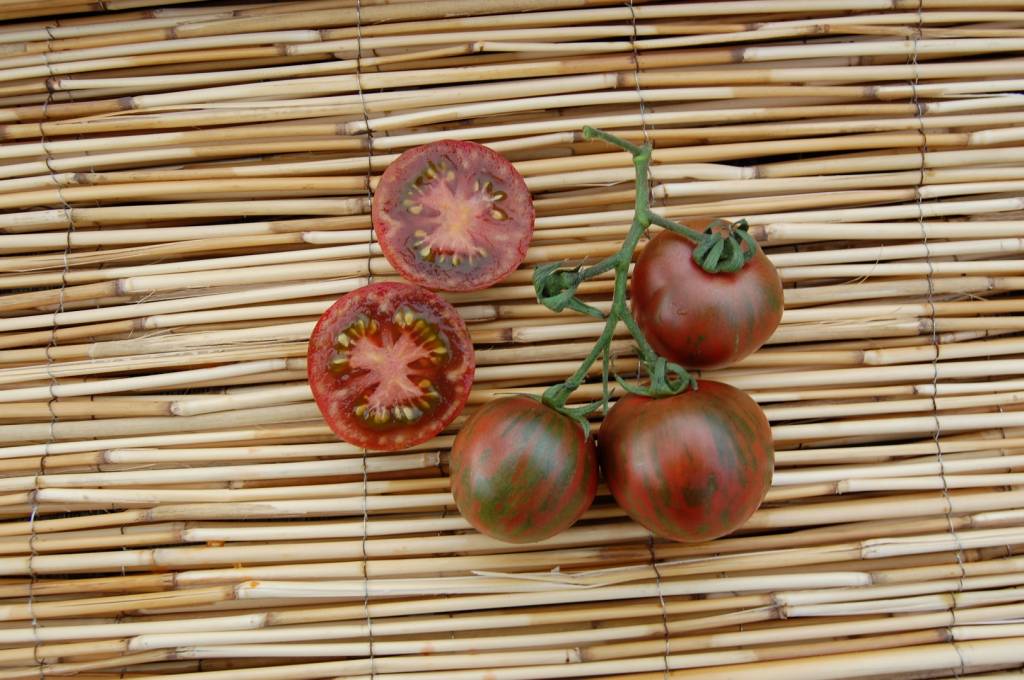

When it comes to harvesting Black Vernissage tomatoes, the key is to pick them when they are ripe. This will help the plant focus its energy on producing delicious, ripe tomatoes. To prune, simply remove any suckers that grow from the base of the plant and any branches that are not producing fruit.

When your Black Vernissage plants start growing lots of branches, it is important to prune your tomato plants to promote healthy growth and increase the amount of fruit they produce. Tomatoes also benefit from regular feeding with a balanced fertilizer. Water the plants regularly, but be careful not to over-water them as this can lead to problems such as root rot. This will help the plant develop a strong root system and increase the chance of success.Īfter your Black Vernissage tomatoes are planted, it is important to provide them with proper care and support. It is also important to plant them deeply, burying the stem up to the first set of leaves. When planting your Black Vernissage tomatoes, be sure to space them properly to allow for adequate air circulation and sunlight. It is also a good idea to add some compost or well-rotted manure to the soil to help provide additional nutrients for the plants. This means that the soil should be slightly acidic, which is the best kind of soil for tomatoes to grow in. The soil should also have a pH level between 6.0 and 6.8. This is because tomatoes don’t like to be in soil that is too wet. To grow Black Vernissage tomatoes, it’s important to have soil that allows water to drain easily. Master Growing TOMATOES With This Mind-Blowing Guide Harvest your tomatoes when they are ripe and enjoy them fresh or preserved for later use.

#BLACK VERNISSAGE HOW TO#
But it can be between 66 to 75 days.” How To Grow Black Vernissage Tomatoes It’s also important to know that Black Vernissage tomatoes are grown from open pollination and it will take about 75 days for the first ripe fruit. They taste sweet and a little smoky, and are about the size of a cherry tomato. They are black in color with shiny green and red patterns. This means they will keep growing and making tomatoes throughout the growing season.īlack Vernissage tomatoes are a special kind of tomato. Black Vernissage tomatoes are a type of tomato called Indeterminate. Langston, University of Georgia, Bugwood.“Want to grow Black Vernissage tomatoes? This guide will help you do it right!īefore we start, here’s some important information. You can also rotate crops, remove weeds and avoid planting infected plants. Row covers can help prevent thrips reaching your plants. If you can recognize the symptoms you can remove infected plants promptly and reduce sources of infection. TSWV is not easy to control as there are so many potential hosts to provide a source of infection and controlling the vector (thrips) is difficult (kill the ones on your plants and others will come in from elsewhere). In extreme cases so many leaves die that the plant is killed. Symptoms of infection include wilting, dieback of growing tips, bronzing of leaves (which eventually develop necrotic spots), stunting, deformed fruit and reduced yields. This virus is mainly a problem for areas with lots of thrips and warm weather. The larvae acquire the disease by feeding on infected plants (often weeds) and spread it to other plants when they mature into flying adults. Tomato Spotted Wilt Virus (or TSWV) is also unusual in that is one of few viruses that is mostly spread by thrips. It also affects many common weeds (including a who’s who of most common garden weeds) and ornamentals, which can complicate controlling it. This virus is unusual in that it can infect a very wide range of plants, including not just tomatoes, but also eggplant, peppers, potato, celery, lettuce, onion, peanut and many legumes.


 0 kommentar(er)
0 kommentar(er)
